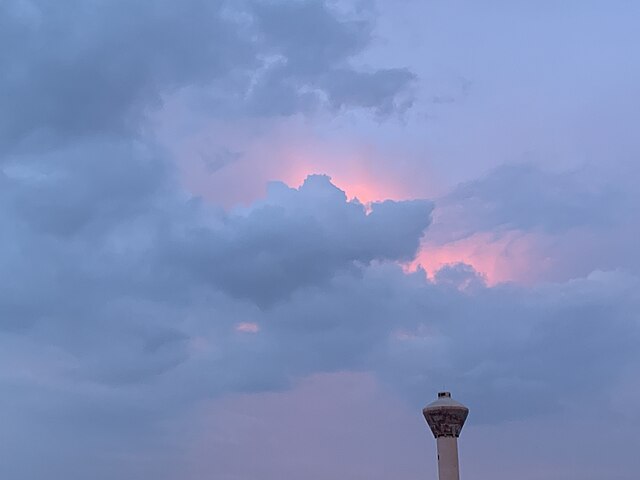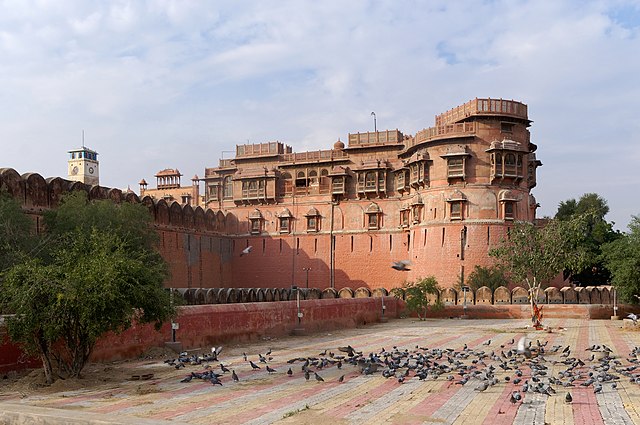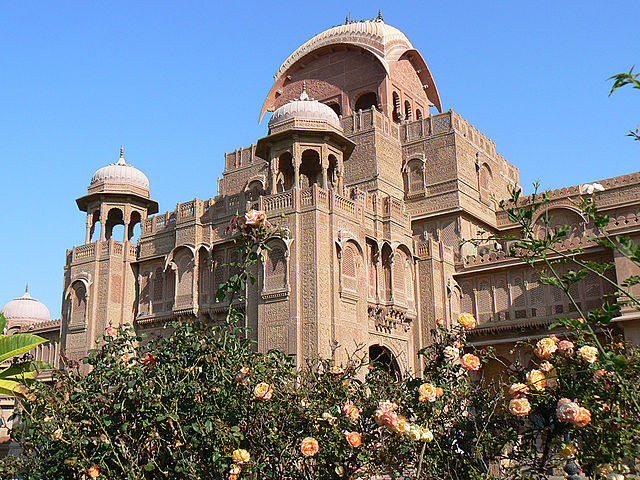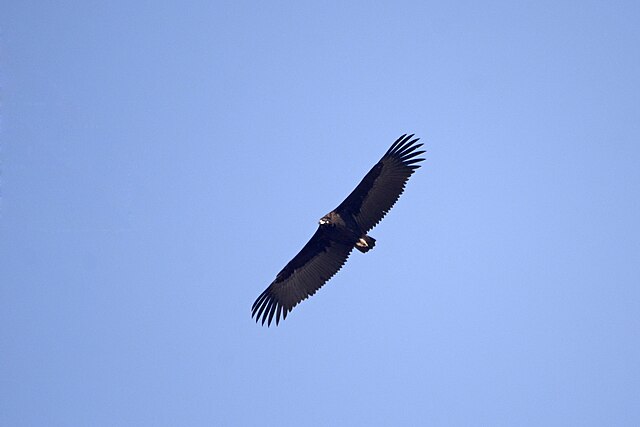Planning a trip to Bikaner or curious about what makes this desert city’s climate so unique? You’ve landed in the right place! Bikaner, one of Rajasthan’s most fascinating cities, experiences a climate that’s as dramatic as its royal history. From scorching summers that could melt your resolve to surprisingly pleasant winters that beckon travelers from around the world, Bikaner’s weather tells a story worth understanding.
Whether you’re a tourist planning your visit, a weather enthusiast, or someone considering relocating to this desert gem, understanding Bikaner’s weather patterns is crucial. Let’s dive deep into what makes this city’s climate tick and how you can make the most of it.
Understanding Bikaner’s Geographic Location and Climate Zone
Where is Bikaner Located?
Bikaner sits proudly in the northwestern part of Rajasthan, approximately 330 kilometers from Jaipur. This strategic location places it right in the heart of the Thar Desert, which explains everything about its weather patterns. The city lies at coordinates 28.02°N latitude and 73.31°E longitude, positioning it in one of India’s most arid regions.
The Thar Desert’s influence on Bikaner cannot be overstated. Think of it as living in nature’s own oven – the desert acts like a massive heat reservoir during summers and provides surprisingly clear, cool nights during winters. This geographic positioning creates a climate that’s both challenging and fascinating.
Desert Climate Classification
Bikaner falls under the BWh classification in the Köppen climate system – that’s scientific speak for “hot desert climate.” But what does this really mean for you? Picture a place where rainfall is as rare as finding shade in the midday sun, where temperature swings can be more dramatic than a Bollywood movie, and where the weather shapes every aspect of daily life.
This desert climate brings three distinct characteristics: extremely low rainfall (usually under 250mm annually), high temperature variations between day and night, and intense solar radiation throughout most of the year. It’s like nature decided to create a natural laboratory for extreme weather conditions.
Seasonal Weather Patterns in Bikaner

Summer Season (April to June)
Temperature Ranges During Summer
When summer arrives in Bikaner, it doesn’t just knock on the door – it kicks it down! From April to June, this city transforms into what locals jokingly call “nature’s furnace.” Daytime temperatures regularly soar above 40°C (104°F), with May and June often witnessing the mercury climbing past 45°C (113°F).
But here’s where it gets interesting – the nights offer some respite. While you might be dealing with 45°C during the day, nighttime temperatures can drop to a relatively comfortable 25-30°C. It’s like the desert’s way of saying, “I’ll give you a break, but just for a few hours!”
Summer Weather Challenges
Living through or visiting Bikaner during summer is like participating in an extreme sport. The intense heat creates several challenges that locals have learned to navigate with remarkable adaptability. The scorching winds, locally known as “loo,” feel like opening an oven door and sticking your face inside.
Dehydration becomes a real concern, and the intense UV radiation means sun protection isn’t optional – it’s survival. Many locals adjust their entire daily routine around the weather, starting work before dawn and taking extended afternoon breaks when the sun is most merciless.
Monsoon Season (July to September)
Rainfall Patterns and Amounts
Don’t expect Bikaner’s monsoon to be like Mumbai’s or Kerala’s – it’s more like a distant cousin who rarely visits but makes an impression when they do. The city receives an average annual rainfall of just 200-250mm, and most of it arrives during these three months.
The rains in Bikaner are unpredictable and often brief but intense. You might experience weeks without a drop, followed by a sudden downpour that transforms the dusty streets into temporary rivers. It’s nature’s way of keeping everyone on their toes!
Post-Monsoon Weather Changes
When the monsoon bids farewell, Bikaner undergoes a remarkable transformation. The dust settles (literally and figuratively), temperatures begin their gradual descent, and there’s a freshness in the air that’s almost palpable. This transition period marks the beginning of the most pleasant time in Bikaner’s weather calendar.
Winter Season (October to March)
Pleasant Winter Temperatures
If summer in Bikaner is an endurance test, winter is the reward for surviving it. From October to March, the city experiences its most delightful weather. Daytime temperatures hover around a comfortable 20-25°C (68-77°F), while nights can get surprisingly cool, sometimes dropping to 5-10°C (41-50°F).
December and January are particularly pleasant, with bright sunny days and crisp, clear nights. It’s during this time that you truly understand why people fall in love with desert climates – the air is dry and clean, the skies are impossibly blue, and the harsh summer heat becomes just a memory.
Why Winter is Tourist Season
Winter weather is exactly why Bikaner sees its tourist influx during these months. The comfortable temperatures make exploring the magnificent Junagarh Fort, wandering through the old city’s narrow lanes, or enjoying camel safaris not just bearable but genuinely enjoyable.
The clear winter skies also provide perfect conditions for photography, stargazing, and outdoor festivals. It’s like the city puts on its best dress to welcome visitors during this season.
Monthly Weather Breakdown in Bikaner
January to March Weather
January kicks off as Bikaner’s coolest month, with morning temperatures that might require a light jacket. Don’t be surprised if you see locals bundled up – when you’re accustomed to extreme heat, even 10°C feels quite chilly! February brings gradual warming, and by March, you can feel summer preparing to make its grand entrance.
These three months offer the most stable weather conditions. Rain is practically non-existent, humidity levels are low, and the temperature range is most comfortable for both locals and visitors. It’s like nature gives Bikaner a brief vacation from extreme weather.
April to June Weather
April starts the countdown to summer intensity. Early April might still be pleasant, but by late April, you’ll notice the heat building up like pressure in a cooker. May and June are the peak summer months when Bikaner shows its true desert character.
During these months, planning any outdoor activity requires military-like precision. Early morning (before 8 AM) and late evening (after 6 PM) become the only viable windows for outdoor activities. The midday sun isn’t just hot – it’s potentially dangerous.
July to September Weather
The monsoon months bring uncertainty to Bikaner’s otherwise predictable weather pattern. July might start with continued heat, but the arrival of monsoon clouds can dramatically change the scenario within hours. August typically sees the most rainfall activity, though “most” is relative in this desert city.
September marks the transition period when monsoon withdraws and post-monsoon freshness begins. The humidity levels, which spike during the brief rainy period, start dropping, and the oppressive summer heat begins to lose its grip.
October to December Weather
October is like Bikaner’s New Year – it marks the beginning of the pleasant season. Temperatures start dropping noticeably, and there’s a renewed energy in the city as people emerge from their summer hibernation. November and December are arguably the best months weather-wise, with perfect conditions for every outdoor activity imaginable.
By December, you might even need warm clothing during early mornings and late evenings. The temperature difference between day and night becomes quite pronounced, showcasing the desert’s characteristic temperature swings.
Best Time to Visit Bikaner Based on Weather

Peak Tourist Season
If we’re talking purely about weather comfort, October through March is undoubtedly the best time to visit Bikaner. During these months, the weather cooperates beautifully with your travel plans. You can explore historical sites without feeling like you’re walking through a furnace, enjoy outdoor dining without sweating through your clothes, and actually appreciate the desert’s stark beauty.
The peak season usually runs from November to February when hotel prices might be higher, but the weather compensation is worth every extra rupee. Think of it as paying a premium for nature’s air conditioning!
Off-Season Advantages
Now, here’s a contrarian view – visiting Bikaner during off-season (summer months) has its unique advantages. Hotel rates plummet, you’ll have tourist attractions almost to yourself, and you’ll experience the raw, unfiltered desert climate that most visitors never see.
However, this approach requires serious preparation and isn’t recommended for everyone. It’s like choosing to climb Everest in winter – doable, but only for the truly adventurous and well-prepared.
Extreme Weather Events in Bikaner
Heat Waves and Temperature Records
Bikaner regularly experiences heat waves that make international headlines. The city has recorded temperatures exceeding 50°C (122°F) during extreme summer days. These aren’t just numbers on a thermometer – they represent conditions that can be life-threatening without proper precautions.
During heat wave periods, the city seems to pause. Streets empty during midday hours, and even the usually bustling markets slow down. It’s nature’s way of demanding respect and adaptation from human activity.
Dust Storms and Sandstorms
The desert location makes Bikaner susceptible to dust storms, particularly during the transition periods between seasons. These storms can reduce visibility to near zero and create an otherworldly atmosphere. While they’re spectacular to witness (from safety), they can disrupt transportation and daily activities.
Dust storms often precede monsoon arrival, acting like nature’s announcement that change is coming. Local residents have learned to read these weather signs and prepare accordingly.
How Weather Affects Daily Life in Bikaner
Clothing and Lifestyle Adaptations
Living in Bikaner means your wardrobe and daily routine revolve around weather patterns. During summer, light-colored, loose-fitting cotton clothes aren’t fashion choices – they’re survival gear. Traditional Rajasthani clothing like turbans and long robes make perfect sense when you understand the climate they’re designed for.
The concept of siesta isn’t laziness in Bikaner – it’s wisdom. The traditional afternoon rest period aligns perfectly with the most intense heat hours, showing how local culture has evolved around weather patterns.
Agriculture and Weather Dependency
Bikaner’s agricultural activities are entirely weather-dependent, with farmers planning their cycles around the brief monsoon window. The cultivation of drought-resistant crops like millet and barley reflects generations of adaptation to this challenging climate.
Water conservation becomes not just an environmental concern but a survival necessity. Every drop of rain is precious, and traditional water harvesting methods are still actively used throughout the region.
Weather Forecasting and Planning Your Trip
Reliable Weather Sources
For accurate Bikaner weather forecasts, rely on the Indian Meteorological Department (IMD), international weather services like Weather.com, or specialized apps. However, remember that desert weather can be unpredictable, and local knowledge often trumps forecasts.
Local residents have developed an intuitive understanding of weather patterns that comes from generations of desert living. Don’t hesitate to ask locals about weather expectations – their insights are often more accurate than sophisticated forecasting models.
What to Pack for Different Seasons
Packing for Bikaner requires understanding its extreme weather variations. For winter visits, pack layers – you’ll need light woolens for mornings and evenings but comfortable cotton for daytime. Summer visits demand sun protection gear, light-colored loose clothing, and plenty of rehydration supplies.
Regardless of season, always pack sun protection – Bikaner’s desert sun is intense year-round. A good hat, sunglasses, and high-SPF sunscreen aren’t optional accessories; they’re essential equipment.
Climate Change Impact on Bikaner’s Weather

Climate change is gradually altering Bikaner’s traditional weather patterns. Summers are becoming more intense, monsoon patterns are shifting, and extreme weather events are becoming more frequent. These changes affect everything from agriculture to tourism patterns.
However, the fundamental character of Bikaner’s desert climate remains unchanged. It’s still a place where weather commands respect and shapes life in profound ways. Understanding and adapting to these patterns remains key to appreciating this remarkable desert city.
Conclusion
Bikaner’s weather is like a master storyteller – dramatic, intense, and unforgettable. From the scorching summers that test human endurance to the pleasant winters that reward those who stay, every season brings its own character and challenges. Understanding these patterns isn’t just about planning your wardrobe or travel itinerary – it’s about appreciating how climate shapes culture, lifestyle, and the very soul of this desert city.
Whether you’re planning a visit or simply satisfying your curiosity about one of India’s most climatically extreme cities, remember that Bikaner’s weather isn’t just a backdrop – it’s a central character in the city’s ongoing story. Respect it, prepare for it, and you’ll discover that even in one of the world’s harshest climates, there’s beauty, rhythm, and life flourishing against all odds.
Frequently Asked Questions
1. What is the hottest month in Bikaner and how hot does it get?
May and June are typically the hottest months in Bikaner, with temperatures frequently exceeding 45°C (113°F) and sometimes reaching 50°C (122°F) during extreme heat waves. These months require serious heat precautions and are generally not recommended for tourism.
2. Does Bikaner receive significant rainfall during monsoon season?
No, Bikaner receives very limited rainfall even during monsoon season (July-September). The city gets only about 200-250mm of annual rainfall, which is quite low compared to other parts of India. The rains are often brief but can be intense when they occur.
3. What should I wear when visiting Bikaner during different seasons?
For winter (October-March), pack layers including light woolens for mornings/evenings and cotton clothes for daytime. For summer visits, wear light-colored, loose-fitting cotton clothing, wide-brimmed hats, and always carry sun protection. Avoid dark colors and synthetic fabrics during hot months.
4. Is it safe to visit Bikaner during summer months?
While it’s possible to visit during summer, it requires careful planning and heat precautions. Limit outdoor activities to early morning and late evening, stay hydrated, and be prepared for extreme temperatures. Many tourists prefer avoiding summer months due to the intense heat.
5. When is the absolute best time to visit Bikaner weather-wise?
November through February offers the most comfortable weather conditions for visiting Bikaner. During these months, daytime temperatures are pleasant (20-25°C), nights are cool, rainfall is minimal, and outdoor activities are most enjoyable. This period coincides with the peak tourist season.

